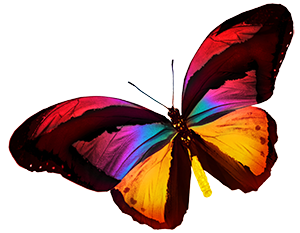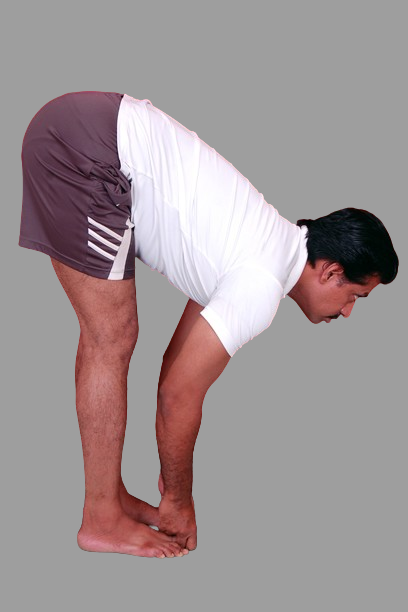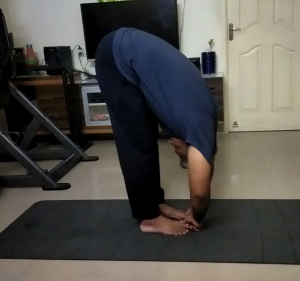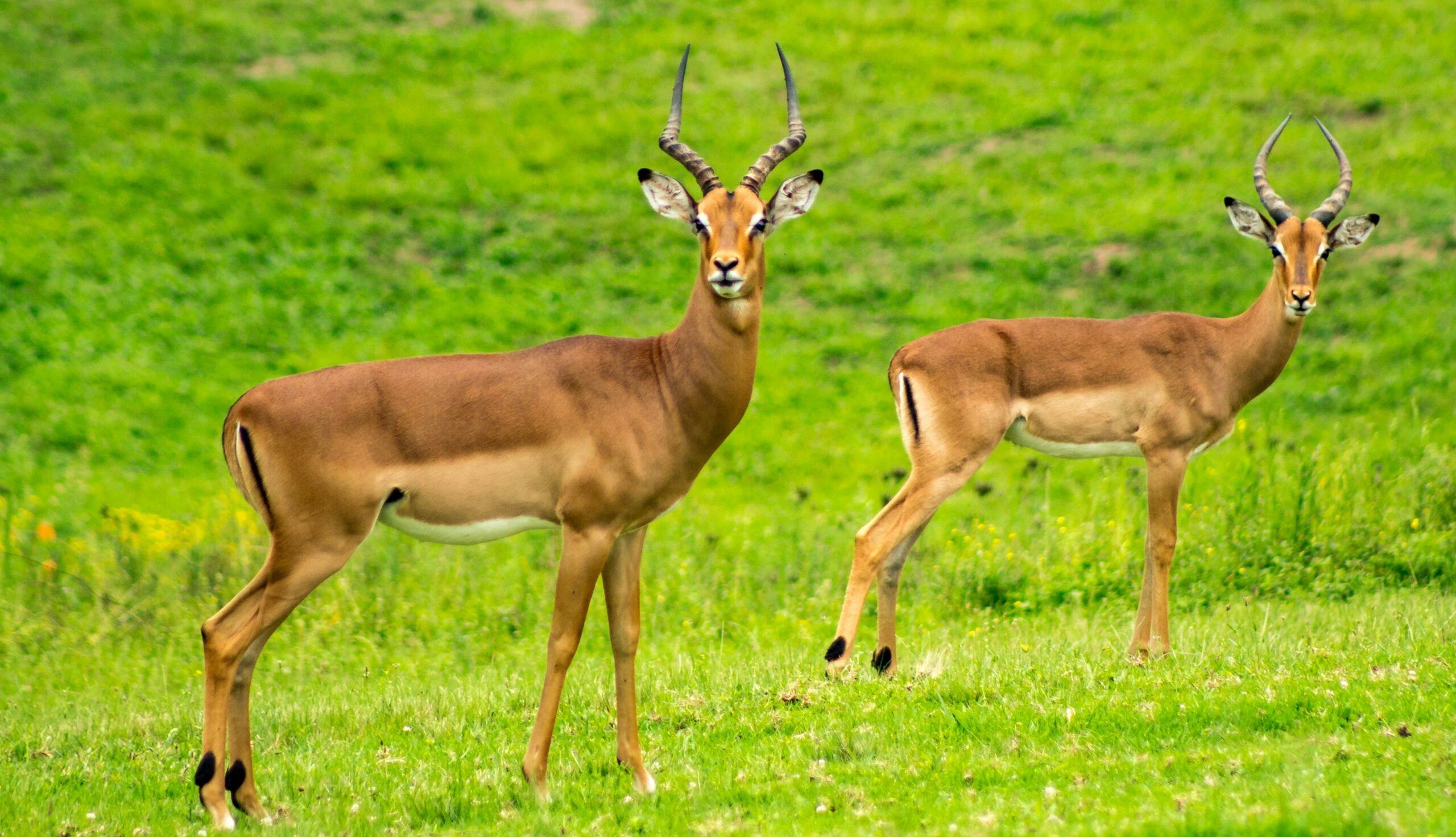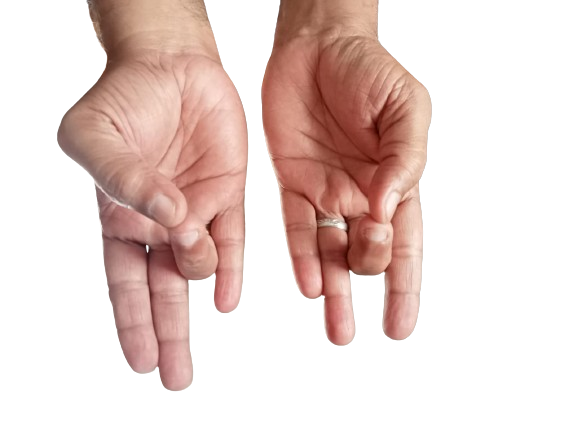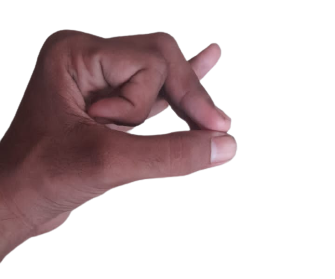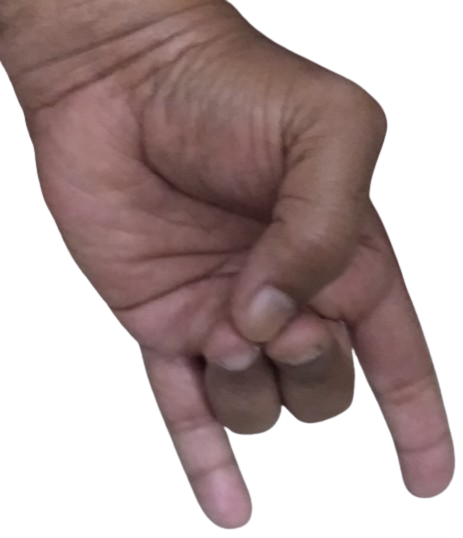Big Toe Pose is called as Padangustasana in Sanskrit. ‘Pada’ means ‘leg’, ‘angusta’ means ‘big toe’, which refers to the holding of big toes by bending forward. Though the pose is similar to the earlier pose, both are two different poses with some common benefits and some unique benefits.
In Big Toe Pose, big toe is stretched when held with fingers. Apart from the benefits of Standing Forward Bend, the pose offers increased benefits owing to holding of big toe.
Apana vayu (vayu is literally translated as ‘wind’) is one of the 10 vayus, the vital forces, that help to maintain healthy state of body and mind. Apana vayu moves from the pelvis to big toe. It stimulates proper functioning of lower abdomen and aid in elimination of waste. Moving of apana vayu in upward direction causes health conditions including stomach discomfort, gastric issues and chest pain. Ensuring apana vayu moves in its path, that is, in downward movement, is achieved by practicing Big Toe Pose. This apart, the energy channels of liver and spleen run from either side of big toes and hence performing the pose ensures proper function of the mentioned organs. Regular practice of the pose aids in preventing health conditions associated with liver and spleen.
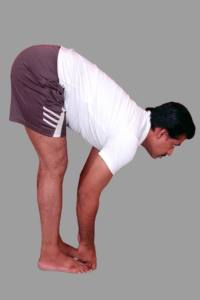
Other Benefits of Big Toe Pose Include:
- As mentioned above, Big Toe Pose is an effective yoga pose for liver and spleen
- It strengthens the spine
- It boosts lung health.
- It promotes blood circulation to brain; it is one of the effective yoga poses for memory.
- Big Toe Pose relaxes muscles of upper back and relieves back pain.
- It stretches the body from neck to calf muscles
- The pose relieves problems associated with abdominal organs
- It relieves sciatic pain
- The pose helps to relieve mild headache
- It strengthens bones
- It is an effective yoga pose for insomnia.
- Regular practice of the pose calms the mind.
Instructions
Let us see how to do Big Toe Pose.
- Stand straight with space between your feet.
- Exhale as you bend forward. Stretch your hands down and hold your big toes.
- Hold the pose for 20 seconds. Release the pose and return to standing position.
Note
Though Big Toe Pose is effective in strengthening back muscles, it is recommended to refrain from practicing the pose in case of severe back conditions.
Counter Pose: Half Wheel Pose
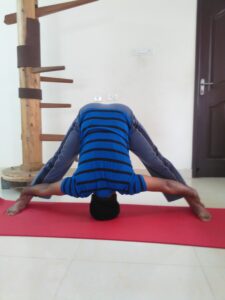
Yoga Pose for Day 5 – Wide-Legged Forward Bend (Prasarita Padottanasana)
Out of the forward bending poses we have seen so far, Wide-Legged Forward Bend is slightly different. Sanskrit terms ‘Prasarita’ means ‘extending outwards’, ‘pada’ means ‘foot’, ‘ut’ means ‘energy’ and ‘tan’ means ‘extending’. Hence, the pose is termed Wide-Legged Forward Bend.
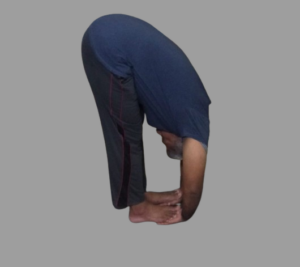
Yoga Pose for Day 4 – Hand Under Foot Pose (Padahastasana)
The term ‘pada’ in Sanskrit means ‘leg’, ‘asta’ means ‘hand’. Padahastasana means binding of hands and legs. Apart from the general benefits associated with forward bending, Hand Under Foot Pose has
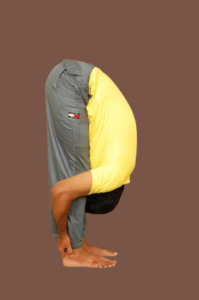
Yoga Pose for Day 2 – Standing Forward Bend (Uthanasana)
The yoga pose for Day 2 is Standing Forward Bend, which is called Uthanasana in Sanskrit. Yoga poses are basically categorized into standing poses, seated poses and lying poses. In all the three categories consist of forward bends, backward
